Advancements in 2D Materials' Characterization via ISE
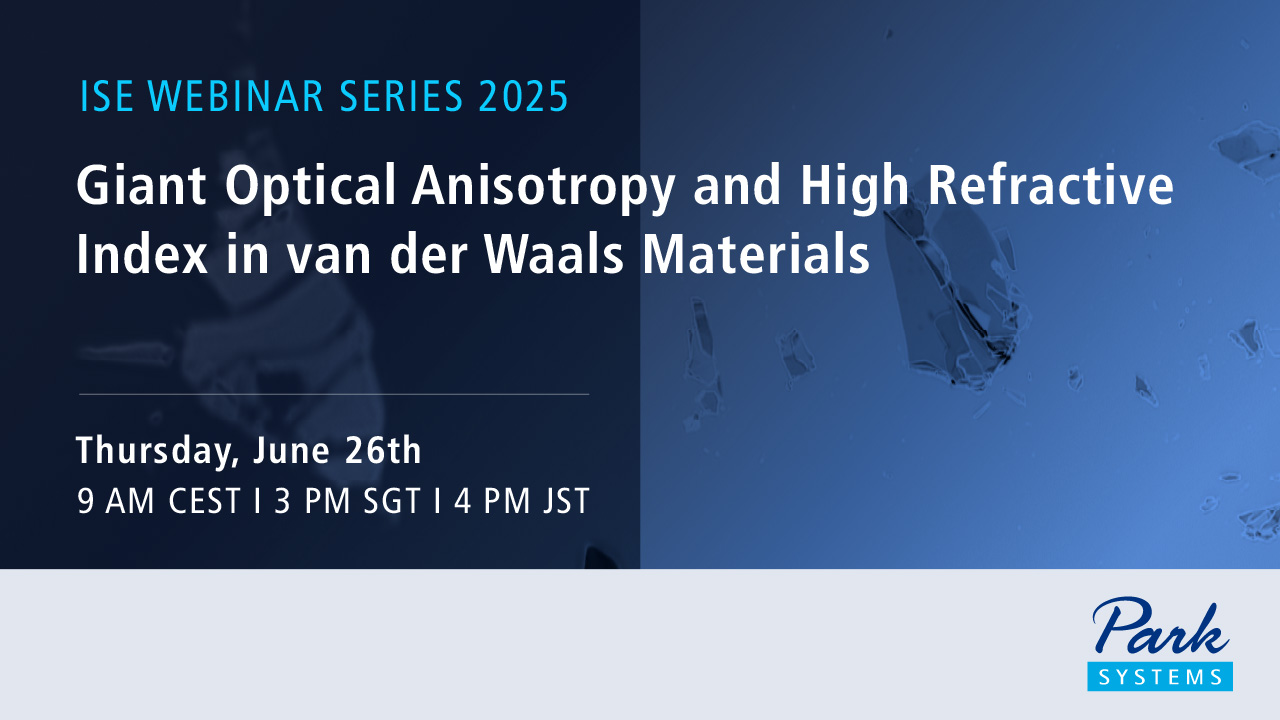

[1] S. Manzeli, D. Ovchinikov, D. Pasquier, O.V. Yazyev, and A. Kis, “2D transition metal dichalcogenides”, Nature Reviews Materials 2, 17033 (2017).
[2] F. Xia, H. Wang, D. Xiao, M. Dubey, and A. Ramasubramaniam, “Two-dimensional material nanophotonics”, Nature Photonics 8, 899-907 (2014).
[3] R. Verre, D.G. Baranov, B. Munkhbat, J. Cuadra, M. Kall, and T. Shegai, “Transition metal dichalcogenide nanodisks as high-index dielectric Mie nanoresonators”,Nature Nanotechnology 14, 679-683 (2019).
[4] G.A. Ermolaev, D.V. Grudinin, Y.V. Stebunov, K.V. Voronin, V.G. Kravets, J. Duan, A.B. Mazitov, G.I. Tselikov, A. Bylinkin, D.I. Yakubovsky, S.M. Novikov, D.G. Baranov, A.Y. Nikitin, I.A. Kruglov, T. Shegai, p. Alonso-Gonzalez, A.N. Grigorenko, A.V. Arsenin, K.S. Novoselov, V.S. Volkov, “Giant optical anisotropy in transition metal dichalcogenides for next-generation photonics”, Nature Communications 12, 854 (2021).
[5] G. Ermolaev, D. Grudinin, K. Voronin, A. Vyshnevyy, A. Arsenin, and V. Volkov, “Van der Waals materials for subdiffractional light guidance”, Photonics 9, 744 (2022).
[7] A.A. Popkova, I.M. Antropov, G.I. Tselikov, G.A. Ermolaev, I. Ozerov, R.V. Kirtaev, S.M. Novikov, A.B. Evlyukhin, A.V. Arsenin, V.O. Bessonov, V.S. Volkov, and A.A. Fedyanin, “Nonlinear exciton‐Mie coupling in transition metal dichalcogenide nanoresonators”, Laser and Photonics Reviews 16, 2100604 (2022).
[8] B. Munkhbat, A.B. Yankovich, D.G. Baranov, R. Verre, E. Olsson, and T.O. Shegai, “Transition metal dichalcogenide metamaterials with atomic precision”, Nature Communications 11, 4604 (2020).
[9] B. Munkhbat, B. Kucukoz, D.G. Baranov, T.J. Antosiewicz, and T.O. Shegai, “Nanostructured Transition Metal Dichalcogenide Multilayers for Advanced Nanophotonics”, Laser and Photonics Reviews 17, 2200057 (2022).
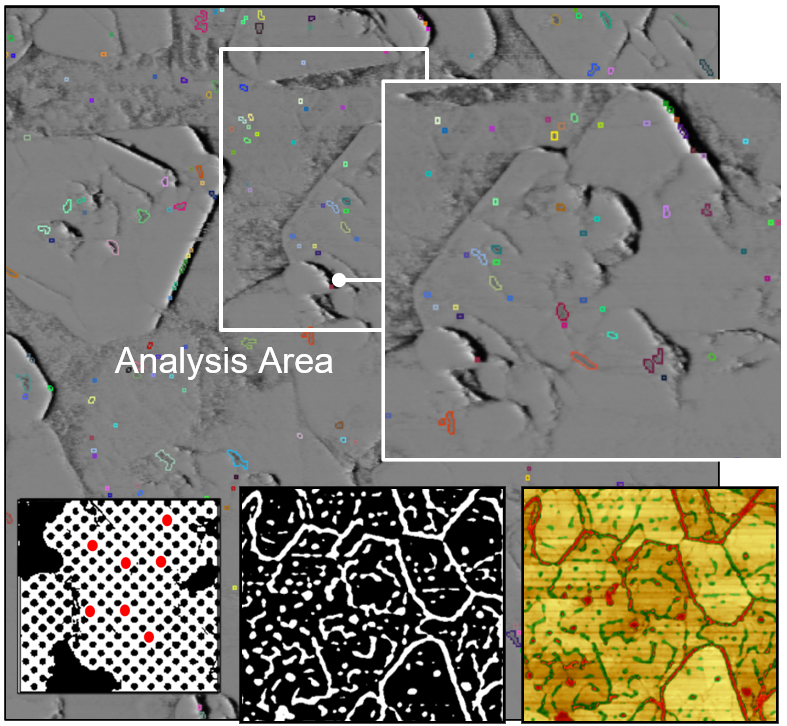
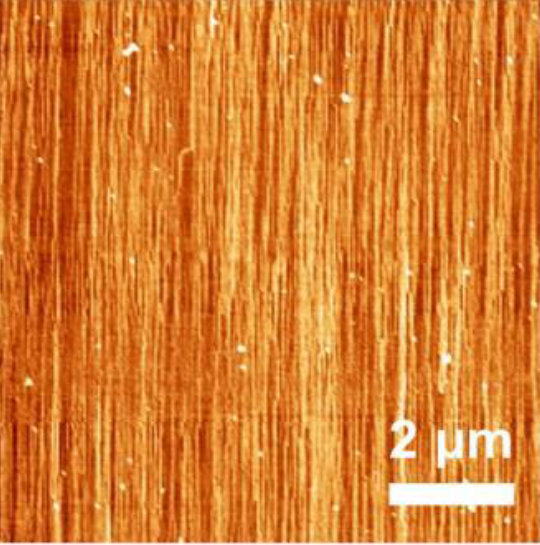
Atomic force microscope image of unidirectionally directionally controlled grown nanofibers
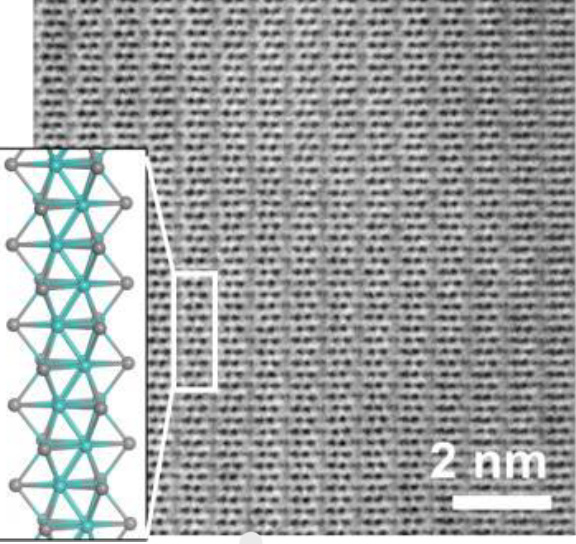
Electron microscope image and structural model of TMC atomic wire nanofibers aggregated in the same direction
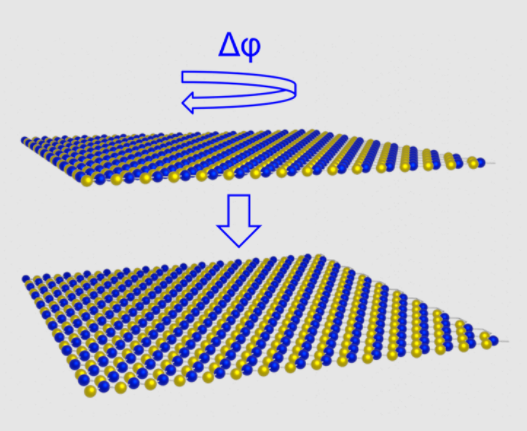
Image caption

Image caption
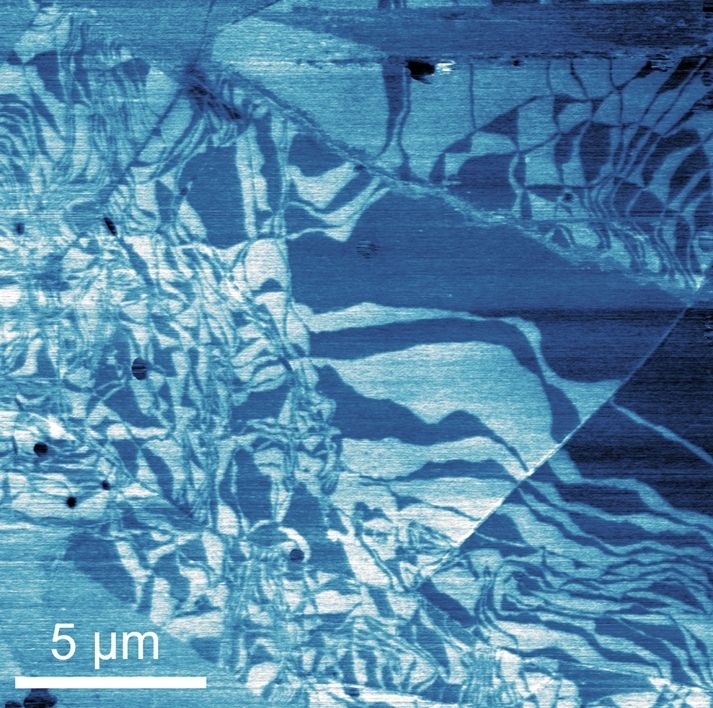
Ferroelectricity is observed in hexagonal boron nitride(hBN) through control of the registry of stacked layers, which we explore through both amplitude-modulated and sideband Kelvin probe force microscopy (KPFM) on the Park FX40 automatic AFM.

A schematic of the formation of parallel stacked bilayer hBN is shown in addition to a contact potential difference map measured using sideband KPFM.

Image caption

Image caption

Image caption
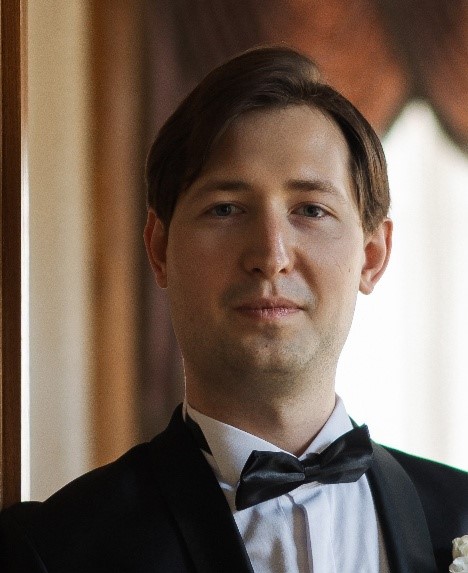

Georgy Ermolaev received a Ph.D. in “Broadband optical properties of MoS2 for photonic applications” in 2022 from the Moscow Institute of Physics and Technology. After receiving a Ph.D. Georgy Ermolaev became Research Studies Manager in Xpanceo (Dubai, United Arab Emirates), a deep tech company specializing in next-generation optoelectronic devices. In 2023 Georgy Ermolaev also joined the University of Rome Tor Vergata (Rome, Italy) as a Visiting Researcher. His research interest encompasses various areas, such as ellipsometry, 2D and quantum materials, integrated nanophotonics, biosensors, plasmonics, scanning near-field optical microscopy, and smart contact lenses. Georgy Ermolaev has an impressive publication record, with over 50 published papers and more than 1500 citations during the last 5 years.
